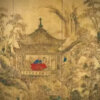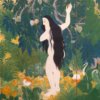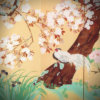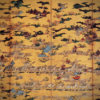Chishaku-in Temple: Recommended Sightseeing Spot Where You Can Fully Enjoy a Wide Range of Gorgeous Hasegawa Tōhaku and Kyūzō Artwork.
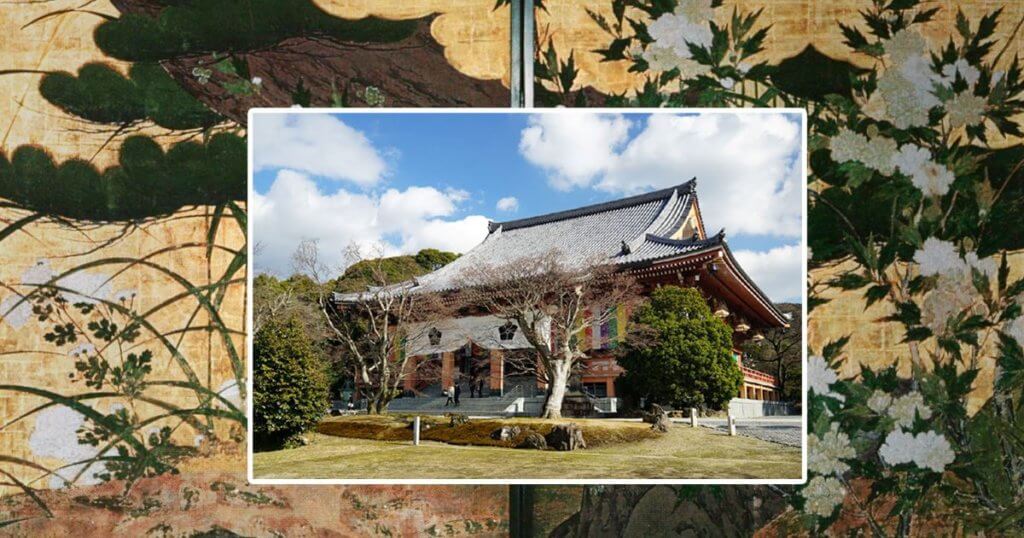
The Chishaku-in Temple in the Higashiyama district at Kyoto houses beautiful artwork highlighting the skillful stroke-techniques of the Hasegawa School and gorgeous atmosphere of the time, and has been appreciated here for many generations. “Cherry blossom” depicts lovely petals by mounting gohun, the Japanese paint crashing seashells. “Maple” illustrates a big maple tree that represents the Momoyama period (late 16th century) which deeply appeals to the viewers in the Chishaku-in Temple.
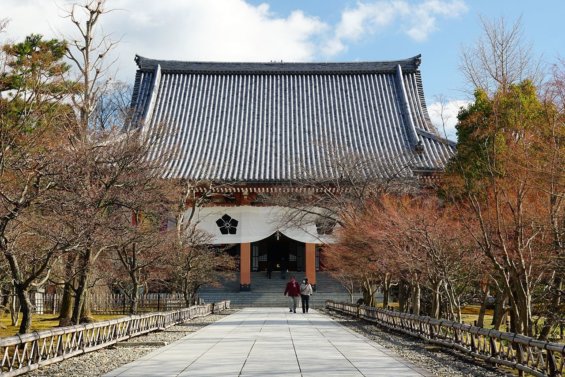
Along with the nearby the Yōgen-in Temple in the Higashiyama Shichijō district, the Chishaku-in Temple is a need-to-visit place when you visit Kyoto, where you will be able to see the best paintings of the Japanese Middle Age period close in-person.
The Chishaku-in Temple is the headquarters of the Chisan School of the Shingon Sect of Buddhism. It was originally built in the middle of the Kamakura period as one of the tacchu, a sub-temple, of the larger Negoroji Temple which was in the current Wakayama Prefecture.
During the Momoyama period (mid to late 16th century), the temple held strong influence over the country. As a result, the temple was opposed to Toyotomi Hideyoshi, who was the second unifier of 16th century Japan. The temple was burnt out by Hideyoshi. After Hideyoshi’s death in 1598, it is said that Genyū, a chief priest at that time, rebuilt the temple in the Higashiyama district, where it is now the current Chishaku-in Temple.
The artworks introduced previously in this article were painted on wall of the Shōunji Temple, which was built for Hideyoshi when he mourned his son, Tsurumatsu’s, young death. After Hideyoshi’s death, the Chishaku-in Temple received the large lands from Tokugawa Ieyasu, who was the founder and first syōgun of the Tokugawa shogunate of Japan after the Momoyama period. At the same time, the temple obtained the artworks. They became the treasures of the temple. Currently, visitors can see the treasures directly, not beyond the glass showcase, which is exceedingly rare, gorgeous, and an unexpected space that visitors can experience.
“Cherry blossom” was completed by Hasegawa Kyūzō, a son of Hasegawa Tōhaku.
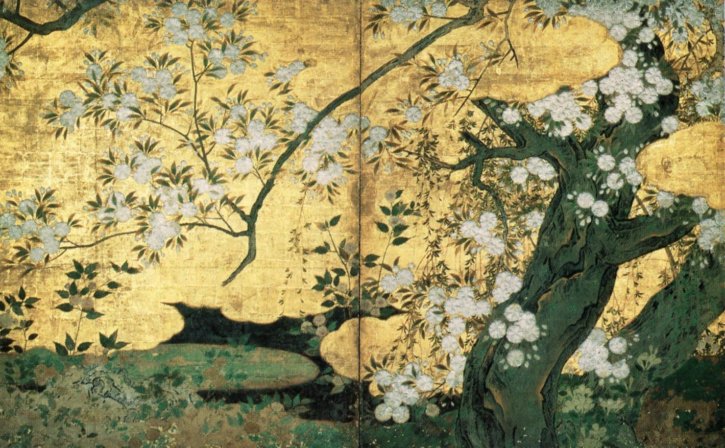
By using gold leaves as a background, this is Kyūzō’s masterpiece when he was 25 years old, depicting a great cherry tree standing strongly. He used a technique mounting paints which expresses each petal uniquely. Although he was expected to be the next head of the Hasegawa School with his strong drawing techniques at that time, he died young at the age of 26 in the next year after the completion of “Cherry blossom”.
The son’s early and sudden death depressed his father Tōhaku, and he almost lost the motivation to paint. However, Tōhaku recovered from the sorrow and completed “Maple” to pursue art for his son and move himself forward.

“Maple” has the same tone of gorgeousness as “Cherry blossom”; old branches are spreading fully, and various flowers are blooming underneath. It is so dexterous. When Tōhaku completed “Maple”, he was 55 years old, with his strength of overcoming his son’s early death and a sigh of fall in peace.
If you have an opportunity to come to Kyoto, please visit the Chishaku-in Temple where you can fully appreciate the masterpieces of the Hasegawa School which was considered to be a rival of the Kanō School, the largest group of the pre-modern Japanese-style painting.
| Name | Chishaku-in |
| Address | 964 Higashi-kawaramachi, Higashi-oji Nanajo-sagaru, Higashiyama-ku, Kyoto City |
| Telephone | 075-541-5361 |
| Access | City Bus to “Higashiyama Shichijō” |
| Fee(Grounds) | Free |
| Fee(Treasure Museum, Garden) | JPY 500 |
| Open | 9:00a.m.-4:00p.m. |

